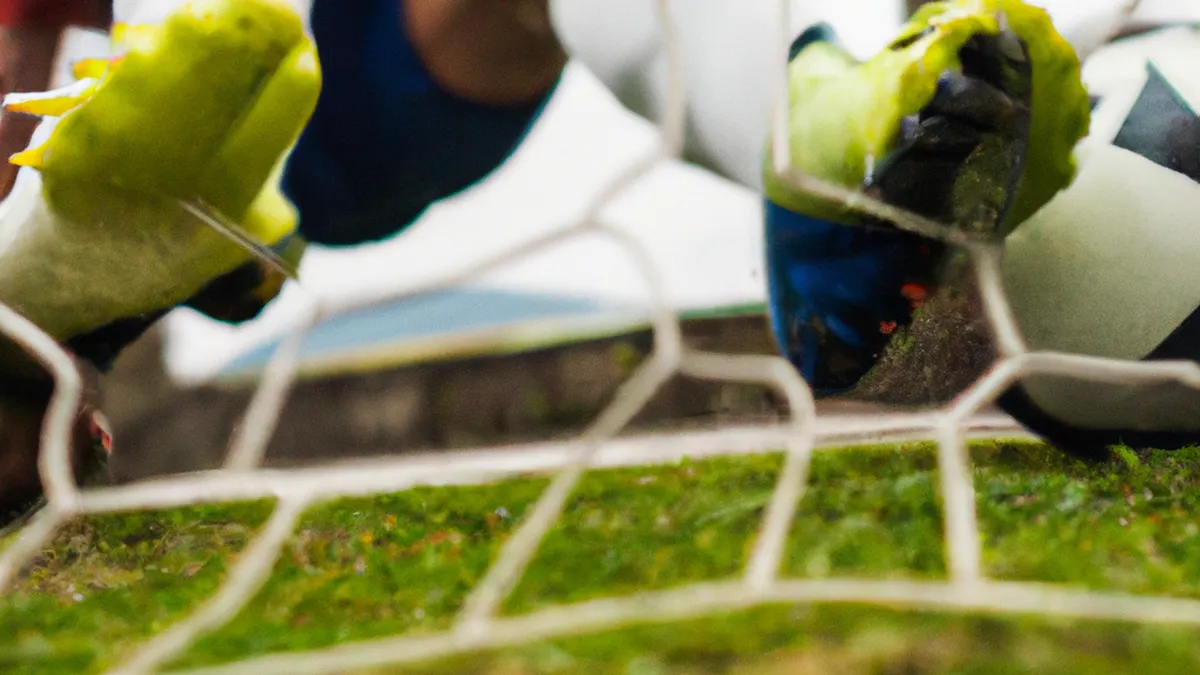Planks vs. Bridges: Which Builds Better Stability?
Core Stability Exercises for Improved Athletic PerformanceCore stability significantly impacts athletic performance. A strong core enhances balance, coordination, and strength. It allows athletes to execute movements with precision and power. This blog post explores core stability exercises that elevate your game, improve performance, and reduce injury risk.
As an Amazon Associate I earn from qualifying purchases.
Gear tip: consider running shoes, gps running watch, and shaker bottle to support this topic.
What is Core Stability?
Core stability means your trunk muscles stabilize your spine and pelvis. These muscles include the abdominals, back muscles, and pelvic floor. A strong core provides a solid foundation for all movements. When these muscles work together, they support your body and improve force transfer during activities like running and jumping.Athletes often overlook core training in favor of visible muscle groups. However, a strong core can determine peak performance or injury. Core stability enhances movement efficiency and prevents injuries, making it vital for all athletes.
Essential Core Stability Exercises
Incorporating core stability exercises into your training can enhance performance. Here are some effective exercises targeting core stability:
1. Plank
The plank is a classic core stability exercise that many athletes favor. It engages multiple muscle groups, including abdominals, obliques, shoulders, and glutes.**How to Perform a Plank:**1. Start in a push-up position with hands under shoulders.2. Keep your body straight from head to heels, avoiding sagging or arching.3. Engage your core and hold for 30 seconds to one minute while breathing steadily.To increase difficulty, try side planks or plank variations like plank jacks or forearm planks.
2. Dead Bug
The dead bug builds core strength while maintaining stability. This exercise mimics the movement of a bug on its back, promoting coordination.**How to Perform a Dead Bug:**1. Lie on your back with arms extended toward the ceiling and knees bent at a 90-degree angle.2. Lower one arm and the opposite leg toward the floor, keeping your back flat.3. Return to the starting position and switch sides, alternating movements.The dead bug trains your core to stabilize during dynamic movements.
3. Bird Dog
The bird dog improves balance, coordination, and core stability. It engages multiple muscle groups while promoting spinal alignment.**How to Perform a Bird Dog:**1. Start on all fours with hands under shoulders and knees under hips.2. Extend one arm and the opposite leg while keeping your back straight.
Conclusion
Incorporating core stability exercises can significantly enhance your athletic performance. Prioritize core training to improve your movements and reduce injury risk.
Below are related products based on this post:
FAQ
What is core stability?
Core stability refers to the ability of your trunk muscles to stabilize your spine and pelvis. This includes the abdominals, back muscles, and pelvic floor, which work together to provide a solid foundation for all movements. A strong core enhances balance, coordination, and strength, crucial for athletic performance.
Why is core training important for athletes?
Athletes often neglect core training, focusing instead on more visible muscle groups. However, a strong core is essential for peak performance and injury prevention. It enhances movement efficiency and ensures better force transfer during activities like running and jumping.
What are some effective core stability exercises?
Effective core stability exercises include the plank, dead bug, and bird dog. Each of these exercises targets different muscle groups and promotes core strength and stability, which can lead to improved athletic performance and reduced injury risk.















Post Comment